Following the introduction of both Konshu and Ammit in the first couple of Moon Knight episodes, Marvel Studios took yet another step into the rich Egyptian mythology that’s being built into the MCU by giving us a glimpse of its take on a few more characters based on Egypt’s ancient deities. This isn’t the first foray into the realm of gods for Marvel Studios, but it could certainly prove to be yet another substantial stepping stone toward the MCU’s near future.

In episode three of Marvel Studios’ Moon Knight, Marc Spector, as Khonshu’s avatar, gets summoned to a meeting-of-the-avatars of sorts set within the Great Pyramid of Giza (perhaps serving as the MCU’s Overvoid). There, we meet the avatars of five members of the Ennead, a “super group of Egyptian gods” as described by Steven Grant in episode one. Its name comes from the Greek Enneás, which means “the Nine”, meaning that Steve was indeed right in correcting the mistake made by the National Gallery in its own exhibit’s promotional material. Of the nine gods with a place at the gathering, only five took to their seats at the chamber: Horus, Isis, Tefnut, Osiris, and Hathor. Shu (mentioned by name in episode one) and Geb (featured in the exhibit’s poster) were notably absent. As for the remaining two seats, it seems fair to think that those would belong to both Khonshu and Ammit, making the MCU’s version of the Ennead complete.

As for what these gods represent, little is set in stone in terms of who they are and what their main focus is within the MCU. Even the historically accepted constitution of the Ennead differs from the one we got in Moon Knight, leaving just enough room for Marvel Studios to slightly adapt each of the gods’ characters to fit whichever storyline might suit them best down the line. It’s not unheard of to have a god have multiple fields of expertise (let us put it that way), as it is actually extremely normal for that to happen. This means that it’s all up to Marvel’s writing teams to figure out where to focus on when, and if, these characters are called upon once again.

And this brings us to the future of not only Egyptian gods in the MCU but, considering how Pandora’s box has indeed been cracked open, the future of many other pantheons of deities of specific spiritual practices and geographical locations. And the appearance of some might be more surprising than others.
Thor: Love and Thunder is an obvious choice. But this project will not only bring back Asgardian gods into the fold, as it is apparently set to introduce at least one character from the Olympians as back in April 2021 Russel Crowe seemingly confirmed that he would be playing Zeus in the Thor sequel. This might open the door for several other representatives of the Greek pantheon such as Ares, Poseidon, Apollo, or perhaps even Hercules. By making Gorr, the God Butcher, the main antagonist of the fourth installment of the Thor franchise, it would be a shame if many new gods aren’t introduced in order to, you know, be butchered.

But another upcoming, and perhaps less obvious, MCU movie that might also hugely benefit from Marvel Studios embracing its mythology is none other than Black Panther: Wakanda Forever. As we already speculated last September, following the release of Shang-Chi and The Legend of the Ten Rings, the Black Panther sequel might very well decide to focus on the Aztec Empire making it serve as the grounded real-world connection to the mythical undersea kingdom of Atlantis. Going this route, and doubling down on the mythological unveiling within yet another culture depicted in the MCU, would mean opening the door to another, less recognizable, group of deities: The Tēteoh, a race of supernatural beings worshiped as gods by the Aztecs of ancient Central America, much like the Heliopolitans in Egypt or the Olympians in Greece.

Following the introduction of the titular characters in Eternals, continuing to explore the storyline possibilities set by the several Marvel pantheons, by characters beyond the realm of man, unconstrained and with a whole new set of motivations would certainly prove an interesting one. Especially because there are numerous groups left to explore: The Ahau (Mayan), The Akua (Polynesian). The Apu (Inca), The Daevas (Hindu), The Inua (Inuit), The Manidoog (Native American), and many more, including The Tuatha de Danaan and the Fomorians (both Celtic) who operate out of Otherworld, a place that is bound to make its MCU debut following the introduction of Dane Whitman, The Black Knight, in the aforementioned Eternals.

An interesting and easy way to justify how these characters have been on Earth all along even if we haven’t seen them or even acknowledge them before is to do what Shang-Chi and The Legend of The Ten Rings did with Ta Lo. In the comics, Ta Lo was a small “pocket” dimension adjacent to Earth, and it appears to be something quite similar in the MCU. It is described as a mystical dimension, inhabited by Chinese mythological creatures, that have managed to stay hidden not only by being difficult to access but especially by making it unclear to the outside world if it’s even a real place or not. And this is where Moon Knight‘s Heliopolis, as well as the Aztec Tlālōcān, the Greek Olympus, Otherworld, and many more otherwordly sites where gods roam, come to mind. They all share the common characteristic of being located on extradimensional realms, much like Ta Lo, with easy access to Earth through portals in the vicinity of where its inhabitants are worshipped by humans – places like Egypt, the Yucatán Peninsula, Mount Olympus in Greece, Stonehenge, and so on – making Earth the nexus of it all. A perfect answer as to how to bring the MCU to a new level of storytelling. Into The Age of Gods.
Source: Thor & Hercules – Encyclopædia Mythologica (2009)







